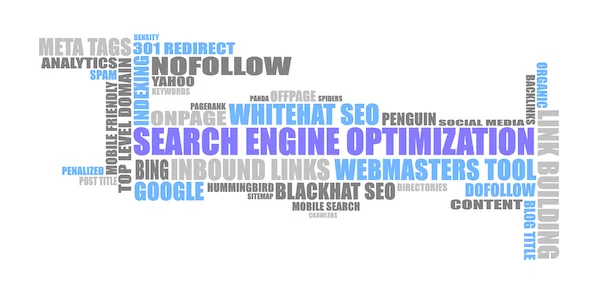5 Fundamentals of On-Page SEO: A Guide for Newbies

How do you get to the top of Google Search? That’s the number one question on all website owners’ lips. And because Google has the largest search engine market share, ranking high on their results is essential. You’ll lose traffic and sales if your site isn’t on the first page. That’s why successful websites use search engine optimization to boost their position. And they make sure to optimize each page using on-page SEO factors.
This article looks at on-page SEO, what it means, how it helps, and how to use it on your website. We look at five fundamental on-page SEO tips that Google loves. So read on if you want to know how to get to the top of the SERPs.
On-Page SEO for Beginners
What is on-page or on-site SEO, and why does it matter?
The term relates to optimizing each page on your site to rank well on Google. In other words, editing content and your website’s structure and speed to match the search engine’s expectations.
On-page refers to SEO practices on your site. While off-page SEO includes backlinking from other websites to yours through the likes of blog articles.
So follow these five on-page SEO basics to turn your site into a Google magnet. And convert those new visitors into paying customers.
1. Targeted Keywords
What do you want to rank #1 for?
Search terms or keywords should form the basis of the content on your site’s pages. And if you need help finding the best converting phrases, use Google’s free Keyword Planner tool.
Make sure to add your keywords to the headings of your page. Also, sprinkle them throughout your content, especially within the first 100 words.
But beware of spamming yourself!
2. Site Structure and Links
A solid structure helps Google and your visitors find what they want fast.
Check your links to make sure they work. Do they make sense? Are they easy to find? Or do you make it impossible to open the contact page, for example?
Everyone hates broken links, and that includes Google!
3. Mobile-First
Google updated its process to rank sites that put mobile users first at a higher level than those that don’t.
If your site looks tiny on a small screen, you miss out on smartphone visitors. And if things are too cluttered, Google will mark you down, so beware.
4. Title and Description Tags
The title and description tags text appear on Google’s listings, so their importance cannot be undermined.
A good title tag includes your target keywords for that page but is not outright spam. The description tag needs careful wording because it summarizes your content.
What if your website contains dozens or hundreds of pages? Do you need to optimize the titles for each one? Or can a third-party help?
The short answer is yes. That’s why the recommendation for SEO services is high amongst the top-ranking websites.
Now they’re on page 1 of Google instead of page 101.
5. Improve Speed
How long does it take for your site to load?
Google takes site speeds seriously, and so should you. Use cache plugins for a WordPress site and only load optimized files. Lazy loading ensures only images on the screen will load, speeding things up considerably.
And if that makes no sense, hire an SEO expert developer who can do this for you.
Have You Completed the On-Page SEO Checklist?
You’ve learned five on-page SEO tips in this article. But what about other tech news?
Our site has hundreds of articles to help your online business. So tap on the Technology link for more great advice.
Or, if you want to read something closer to home, check out our entertainment and hobby categories.
If you appreciated this article, you might also like it: SEMRush Review – SEO and IT Specialists.

